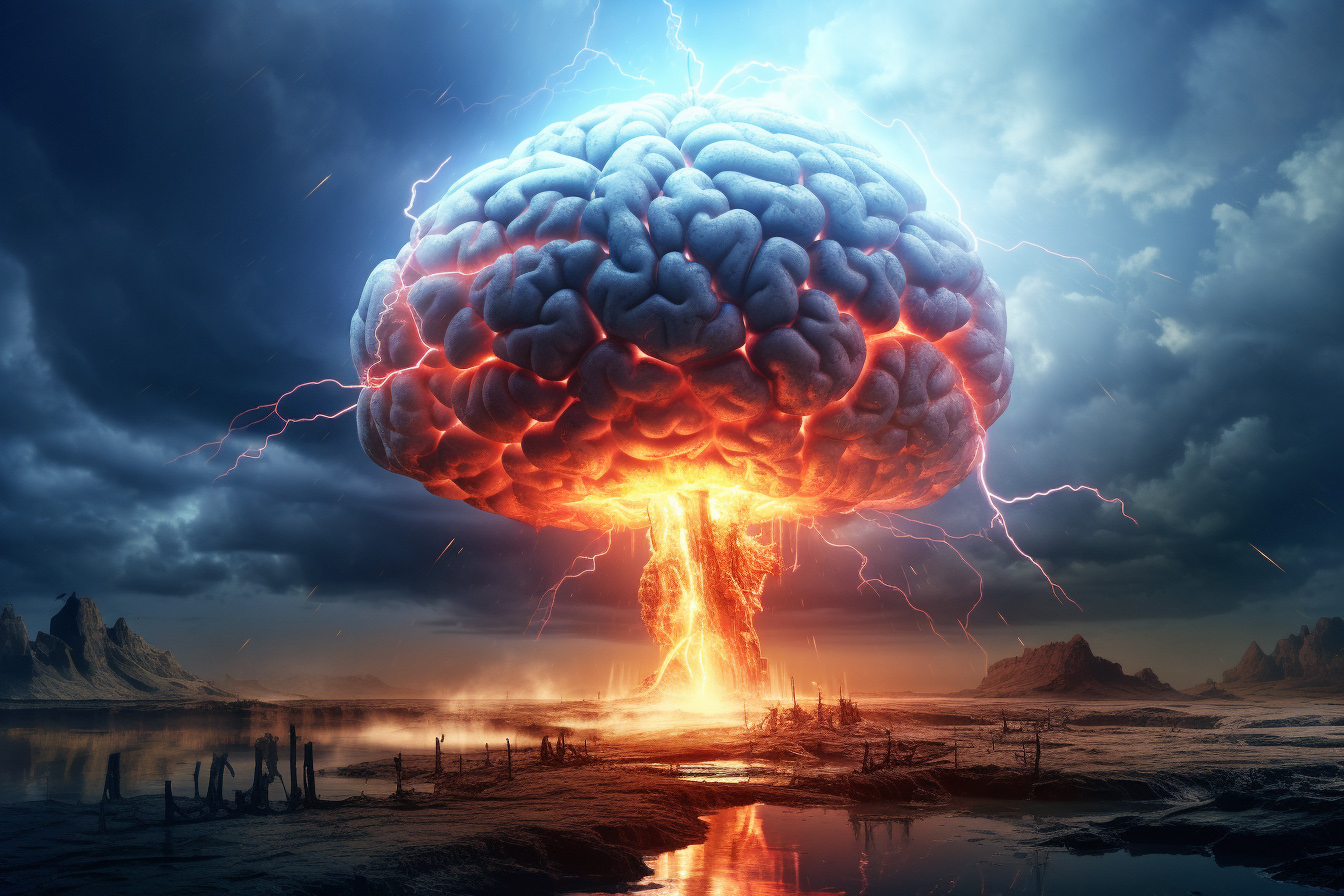Anxiety is a universal human experience. It is a fundamental emotion that triggers heightened alertness and fear, usually in response to a perceived threat. While occasional anxiety can enhance performance by driving individuals to confront challenges or escape dangers, chronic or extreme anxiety is detrimental, disrupting daily life and leading to various mental health disorders.
The National Institute of Mental Health estimates that approximately 19.1% of US adults had an anxiety disorder in the past year, with more women affected than men. This prevalence highlights the importance of understanding the neuroscience behind anxiety – not just for academic interest but to improve diagnosis, treatment, and, ultimately, people’s lives. This article aims to delve into the complex neurobiology of anxiety and discuss current and future research directions.
The Neurobiology of Anxiety
Anxiety stems from complex interactions within the brain. Although we don’t fully understand every aspect, we have identified key brain regions and pathways involved, such as the amygdala, the hypothalamic-pituitary-adrenal (HPA) axis, and the prefrontal cortex.
The Role of the Amygdala in Anxiety
The amygdala, an almond-shaped structure deep within the brain, plays a critical role in processing emotions and is crucial in the fear response. When an individual encounters a perceived threat, the amygdala triggers various reactions, from increased heart rate to releasing stress hormones.
The Hypothalamus-Pituitary-Adrenal (HPA) Axis and Anxiety
The HPA axis, a primary neuroendocrine system, plays a central role in the body’s response to stress. In reaction to a perceived threat, the hypothalamus releases corticotropin-releasing hormone (CRH), which prompts the pituitary gland to release adrenocorticotropic hormone (ACTH). ACTH then triggers the adrenal glands to release cortisol, a stress hormone. Dysregulation of the HPA axis often leads to prolonged stress responses, contributing to anxiety.
The Prefrontal Cortex and Anxiety Regulation
The prefrontal cortex (PFC), located at the front of the brain, has a regulatory role over the amygdala. A well-functioning PFC helps control the amygdala’s response to perceived threats, tempering and controlling the fear response. However, in individuals with anxiety disorders, the PFC often exhibits decreased activity, resulting in less regulation of the amygdala and an overactive fear response.
Neurotransmitters Involved in Anxiety
Neurotransmitters, the brain’s chemical messengers, are central to anxiety. Serotonin, gamma-aminobutyric acid (GABA), and norepinephrine are particularly significant. Imbalances in these neurotransmitters can lead to overactivation of the neural pathways associated with fear and anxiety.
Genetics and Anxiety
Genetics also play a role in anxiety. Twin and family studies show a vital genetic component in anxiety disorders, indicating that genes influencing neurotransmitter systems and stress responses may contribute to individual susceptibility.
Neuroplasticity and Anxiety
Neuroplasticity – the brain’s ability to change and adapt – also affects anxiety. Stress and anxiety can lead to changes in neural circuits over time, exacerbating anxiety disorders. On the other hand, neuroplasticity also provides a basis for treatment strategies aiming to reshape neural circuits and alleviate anxiety symptoms.
Anxiety Disorders and Their Neural Correlates
Anxiety disorders, including generalized anxiety disorder (GAD), panic disorder, and post-traumatic stress disorder (PTSD), have distinct neural correlates. For instance, individuals with GAD often show increased amygdala activation and decreased prefrontal cortex activity. In contrast, individuals with PTSD often exhibit changes in the brain regions involved in processing and integrating traumatic memories.
Neuroimaging Studies on Anxiety
Neuroimaging studies provide crucial insights into the neural basis of anxiety. Functional magnetic resonance imaging (fMRI) and positron emission tomography (PET) scans have shown alterations in brain activity and structure in individuals with anxiety disorders compared to those without. These findings offer tangible evidence of the neurobiological basis of anxiety and help to guide the development of targeted treatment strategies.
Treatments for Anxiety: A Neuroscientific Perspective
A neuroscience perspective informs and enhances the approach to anxiety treatment. Cognitive-behavioral therapy (CBT), for instance, can help strengthen the regulatory role of the prefrontal cortex over the amygdala. Pharmacological therapies, such as selective serotonin reuptake inhibitors (SSRIs) or benzodiazepines, aim to correct neurotransmitter imbalances.
Future Research Directions in the Neuroscience of Anxiety
Despite significant advancements, much remains unknown about the neuroscience of anxiety. Future research might focus on further elucidating the neurobiological mechanisms underlying different anxiety disorders, investigating the role of genetic and environmental interactions, and developing novel, targeted treatments based on an individual’s unique neurobiology.
Conclusion
Anxiety is a complex phenomenon with complex neural underpinnings. It is not merely a subjective emotional state but a reflection of interconnected biological processes. By unraveling the intricacies of the neuroscience of anxiety, we gain a deeper understanding of the human experience of fear and anxiety and pave the way for more effective treatments.
Chronic or extreme anxiety can profoundly impact an individual’s quality of life. However, with the advances in neuroscience, we are now in a better position than ever to address these issues. Every discovery made, every pathway mapped, and every neurotransmitter studied helps shed light on how to alleviate the burden of anxiety disorders. Understanding the neuroscience of anxiety is fundamental to advancing our scientific knowledge; it’s integral to enhancing human health and well-being.
